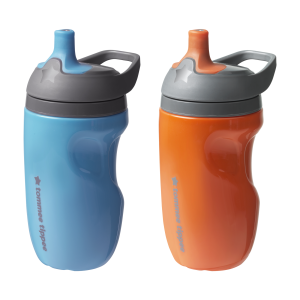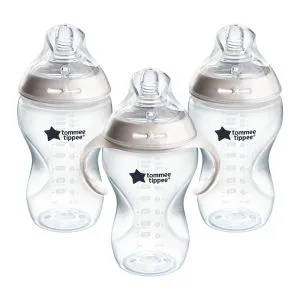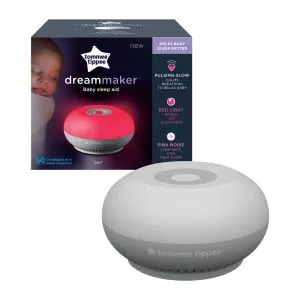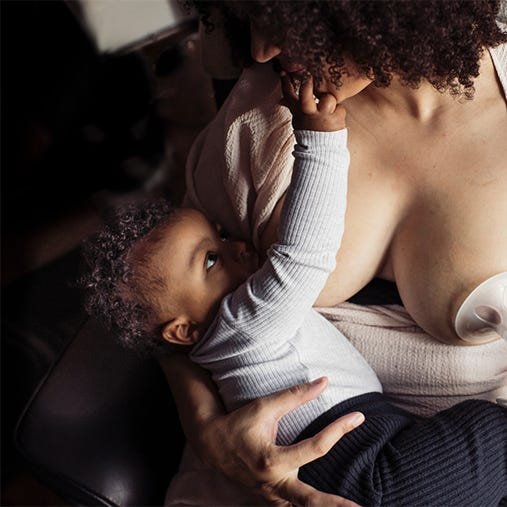Do stay hydrated and nourished
Making breast milk takes energy, so fueling your body is essential.
Keep water nearby while you feed, and aim to eat small, balanced meals and snacks throughout the day. Think easy, nourishing options that help keep your energy steady while you care for your baby.
What not to do when breastfeeding
Just as important as knowing what to do is understanding what to avoid when breastfeeding. Here are a few common mistakes to watch out for.
Don’t ignore breastfeeding discomfort
A little tenderness is normal in the early days, but persistent pain while breastfeeding is a sign that something isn’t quite right.
Cracked or sore nipples, sharp pain when latching, or a baby who seems fussy while feeding could all be signs of a latch or positioning issue.
Try adjusting how you and your baby are positioned, and use nipple cream for some relief.
If the pain continues, don’t just push through it, reach out to a lactation consultant, midwife, or healthcare professional for guidance.
Don’t stress over milk supply
It’s completely normal for your breast milk supply to fluctuate, and stressing about it can often make things feel even harder.
Worry, lack of sleep, or not taking care of yourself can all affect how much milk you produce. Try to rest when you can (we know, easier said than done), stay hydrated, and focus on eating balanced meals.
Skin-to-skin time and regular breastfeeding or expressing can also help support your milk supply.
Don’t hesitate to ask for help
If you’re ever unsure or feeling like you need support with breastfeeding, don’t hesitate to reach out. Talk to other parents, your healthcare team, or a lactation consultant for reassurance and expert advice.










